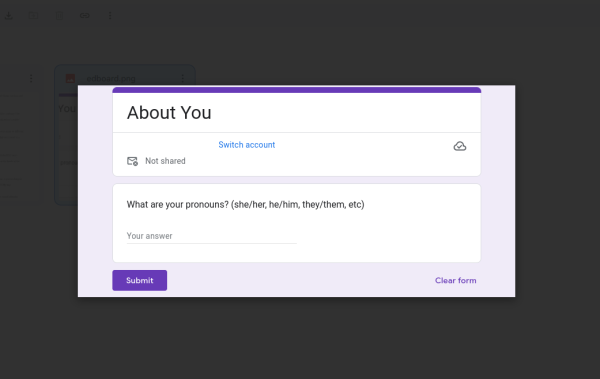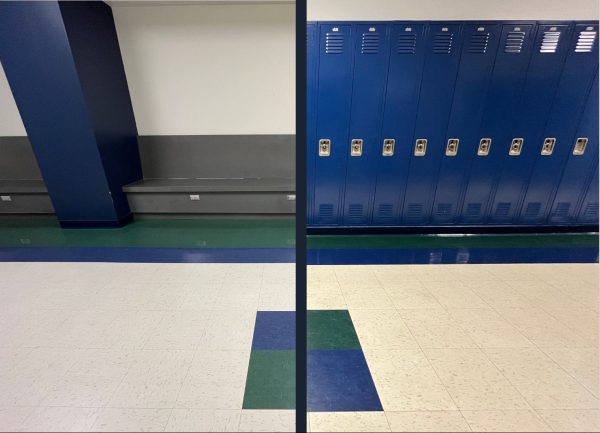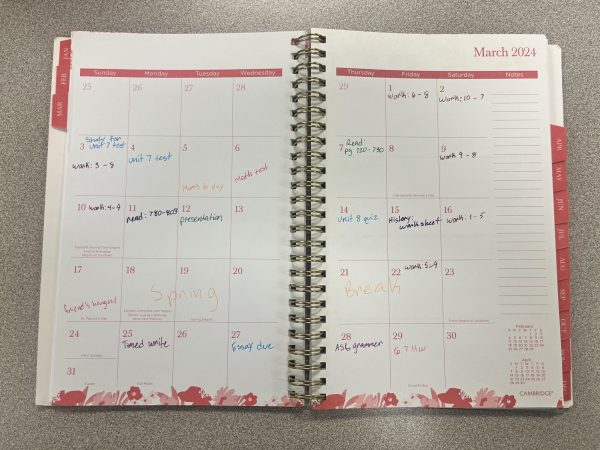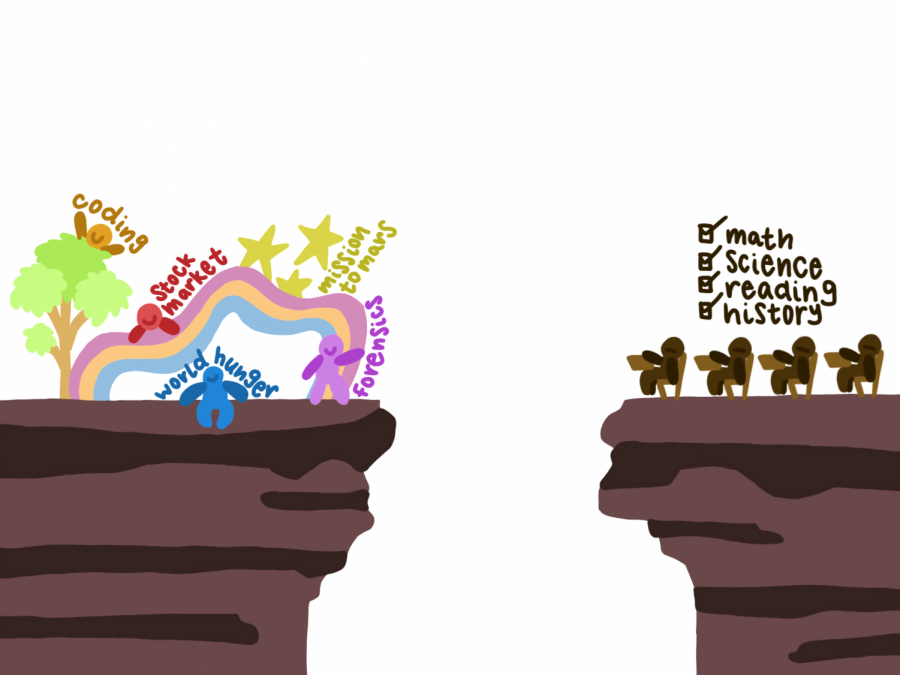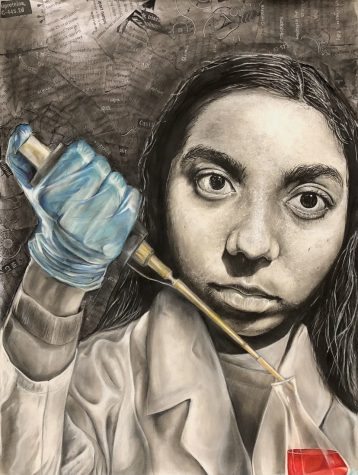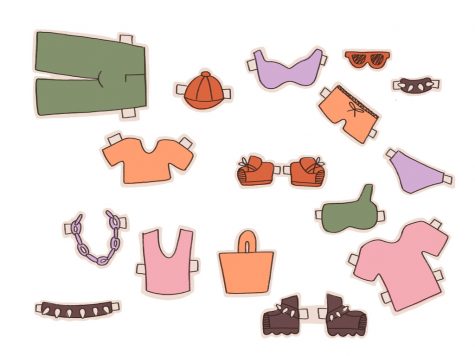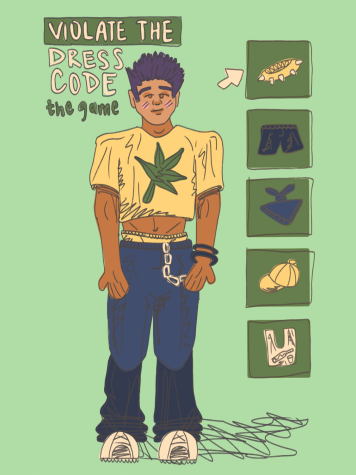Gifted Education is Widening the Gap
Media by Mason Kellerman
There lies both a physical and social gap separating both RSD’s gifted education building and the school buildings as well as distinguished social circles encouraged by this split.
In the second grade, I took a simple test to determine the future of my academics for the next 10 years. Starting at the beginning of third grade, I was given a red name tag, deemed “gifted” and sent to the Center for Creative Learning (CCL) every Monday.
At CCL, I was exposed to the other “gifted” students of RSD elementary schools and separated from my peers at Woerther. I remember questioning this separation; why do these gifted students need to be sent to a special school to receive advanced learning?
The elementary school students were not oblivious to this labeling. It was assumed if you were a CCL kid, you were better off.
Parents too were concerned as to why this extended education was only allowed to some students over others. My sister, for example, was never admitted into the program, but takes advanced coursework and has had a 4.0 GPA throughout her schooling.
The problem with RSD’s gifted education program isn’t its intention, but rather the execution.
It was assumed if you were a CCL kid, you were better off.
I remember learning about the United Nations and NASA’s involvement with Mars for the first time in fourth grade while my class, at Woerther, was learning the state curriculum. This division continued into middle school with the Stretch program, where I was first introduced to topics like forensics and the stock market.
Even now in high school, the Stretch counselors check in with only gifted students to assist with their schedules, clubs and scholarship opportunities. I feel that there should be less concern with counselor assistance for labeled gifted students, and rather more supportive inclusion for the greater majority of students.
It’s not to say that the idea of gifted education is bad because it allows students advanced work to foster further academic growth, but by labeling students as gifted or nongifted, the program influences “nongifted” students to believe their potential is worth much less. In turn, these students can be influenced to act of a lower performance level.
Although my sister takes advanced coursework of her own accord, she remains reluctant to achieve the heights I was encouraged to push for as a gifted student.
This gap between gifted and nongifted students could be made much smaller by cutting the separation starting with CCL. By integrating advanced work among performance levels, and targeting the individual’s potential, students can reach their greatest height without being limited by preconceptions.
Your donation will support the student journalists of Marquette High School. Your contribution will allow us to purchase equipment and cover our annual website hosting costs. You may become a PATRON by making a donation at one of these levels: White/$30, Green/$50, Blue/$100. Patron names will be published in the print newsmagazine, on the website and once per quarter on our social media accounts.
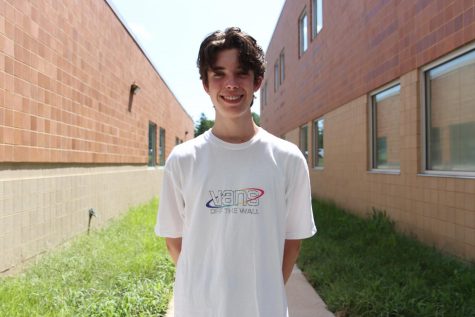
Mason Kellerman (he/him), senior, is the Illustrator and Web Designer for the Marquette Messenger. This will be his third year on staff. Mason is president...



